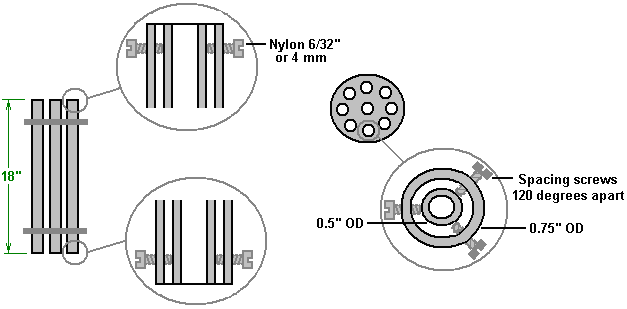Posted my theory about how Meyer's fuell cell worked, based on some earlier posts at this forum, over here:
Theoretic foundation: the electret effect
It contains various references to a/o Prof. Claus Turtur and John Bedini's "cold boiling" batteries and is essentially an exercise in "connecting the dots" between Turtur, Meyer, Bedini and (old-school) Electrolytic Capacitors....
To me, all the pieces of the puzzle appear to drop into place.

-- Arend --
Theoretic foundation: the electret effect
It contains various references to a/o Prof. Claus Turtur and John Bedini's "cold boiling" batteries and is essentially an exercise in "connecting the dots" between Turtur, Meyer, Bedini and (old-school) Electrolytic Capacitors....
To me, all the pieces of the puzzle appear to drop into place.

-- Arend --

 Meyer use thermal plasma..
Meyer use thermal plasma.. 

Comment